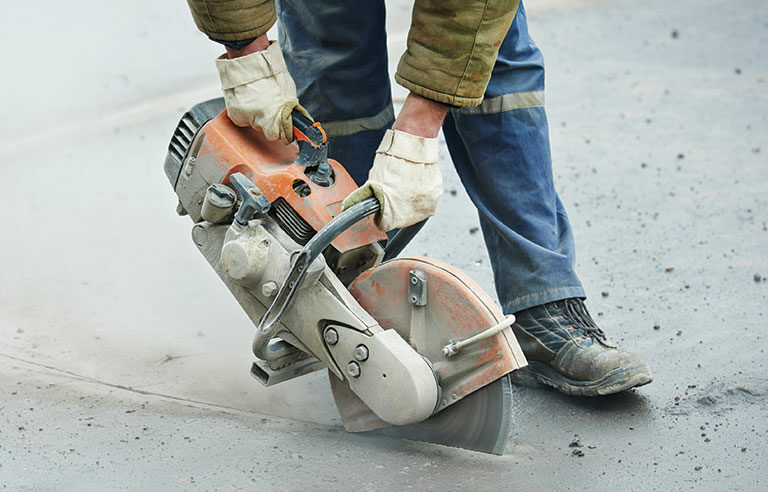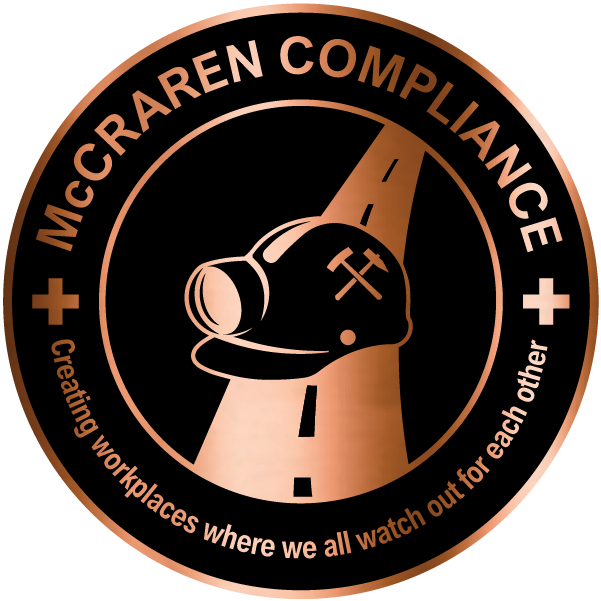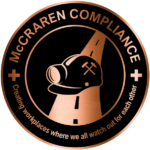
Silver Spring, MD — Cut-off saws “make demanding cuts possible, but if not handled properly, they pose serious risks,” leaving “no room for error,” a recent fact sheet warns.
CPWR – The Center for Construction Research and Training, with support from NIOSH’s National Occupational Research Agenda Construction Sector Council’s Struck-By Work Group, developed the resource for the frequently used tool after analyzing OSHA fatality inspection data.
Powerful reactive forces may arise when rotating saw blades are slowed or stopped from pinching in the material being cut. The material and even the saw itself “can become a deadly projectile” if used incorrectly.
Additionally, saws produce high volumes of noise. They also create dust that looms as a possible health hazard if the dust contains respirable crystalline silica.
CPWR offers multiple best practices for safe use of cut-off saws:
- Follow the manufacturer’s recommended blade and guard specifications for the saw being used and materials to be cut.
- Train workers on safe work practices in a language they understand.
- Provide the necessary personal protective equipment for job tasks.
- Inspect the cutting blade for warping and damage before startup.
- Keep all body parts away from the blade while operating a saw.
- Maintain good balance and footing, using both hands and a firm grip on the handles.
- Ensure no gas or electric utility lines are embedded within cutting zones.
The organization also says workers should refrain from:
- Cutting in the vicinity of anything flammable, as most cutting procedures produce sparks.
- Cutting on material that is or may become unstable.
- Using the saw without the blade guard in place.
- Using the saw overhead or while on a ladder.
- Wearing loose clothing that could get caught in the blade.
McCraren Compliance offers many opportunities in safety training to help circumvent accidents. Please take a moment to visit our calendar of classes to see what we can do to help your safety measures from training to consulting.
Original article published by Safety+Health an NSC publication


